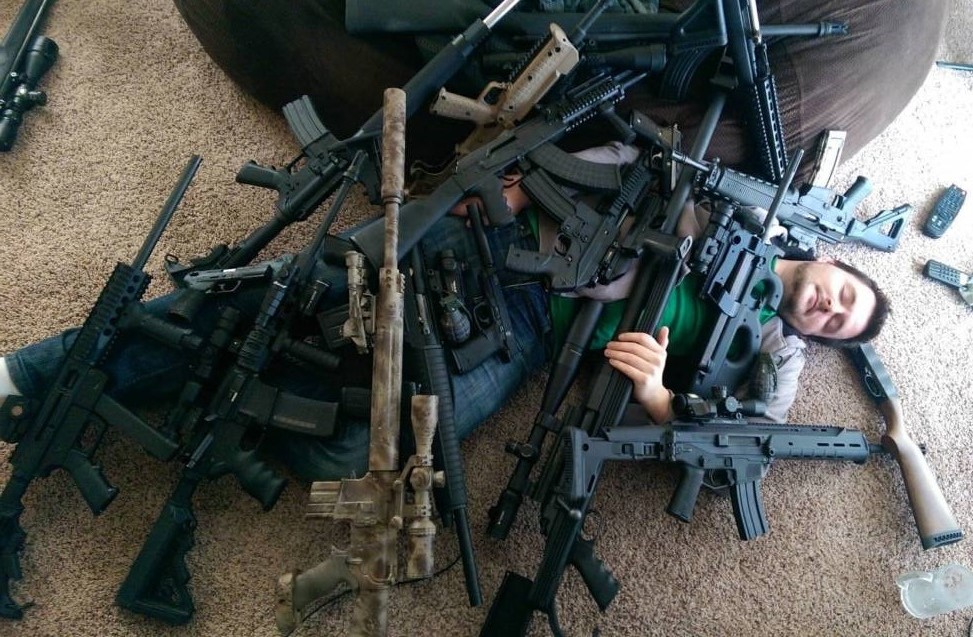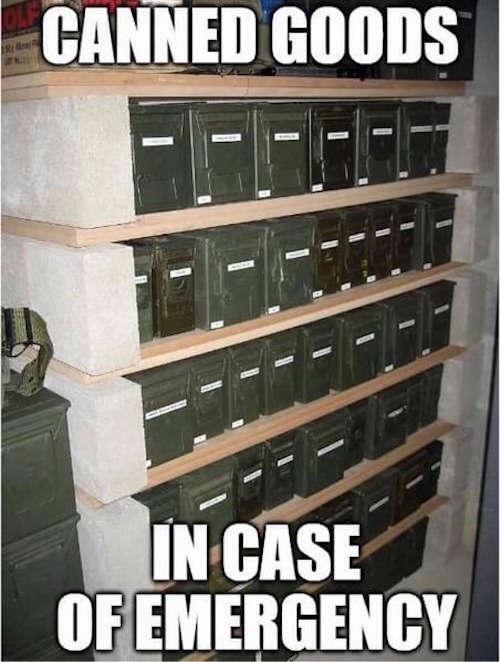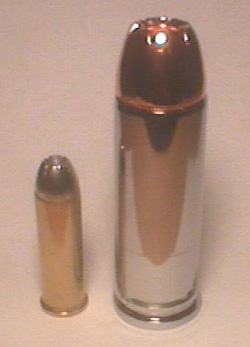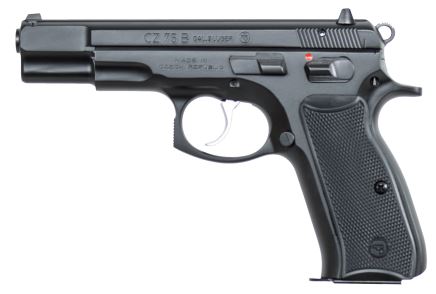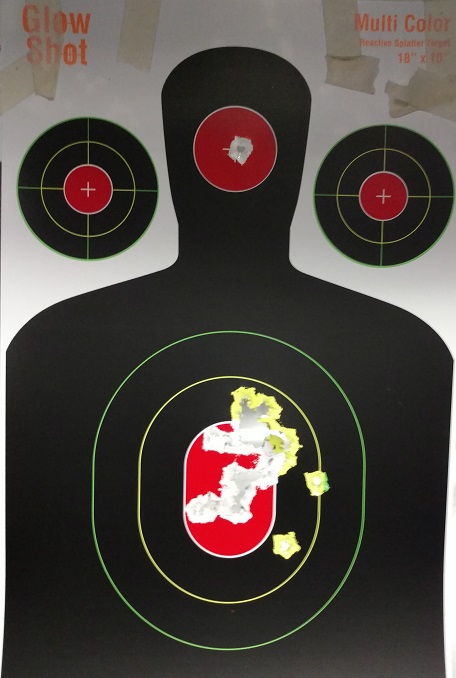Following on from Reader Brad’s escapades with his new Ruger PC-9 carbine, a couple of comments from other Readers piqued my interest.
Specifically, I’m thinking of the Marlin Camp carbine, and still more so, the Camp 45, which was chambered in (duh) .45 ACP and took (most) 1911-type mags. (I say “most” because mine just wouldn’t load Mec-Gar 1911 mags, even after I had a gunsmith look into it.)

The good news first: I loved my Camp 45 dearly. It was more fun than should be allowed without the exchange of body fluids, and the 16″ barrel made the lethargic .45 ACP into, relatively speaking, quite a speedster. (A 230-grain bullet travelling at 1,200 fps instead of the normal 850… that’s some serious owie at the naughty end.) And that was the problem.
The Camp 45 was fragile. Seriously fragile. First off, any thought of shooting +P ammo should be ignored, because even with ordinary .45 ACP loads, the recoil did horrible things to the internals over time. The plastic buffer pad (which was about as useful as a sponge) at the back of the recoil spring was constantly cracking and then disintegrating, meaning that you had to have a ready supply of replacements on hand if you were going to shoot more than a couple hundred rounds in a session. Someone also mentioned that the stock behind the action was prone to cracking; in my case, a quarter-sized chip of wood came flying off and dinged me in the forehead. (No blood, no foul; but it did give me quite a surprise.)
At one of our Feinstein-Daley Memorial Schutzenfests, I believe it was the Layabout Sailor who completely destroyed his Camp 45 by a three-magazine burst of rapid fire — I mean, I think he used the gun as ballast after that, so complete was the destruction. (No doubt, he’ll remind me of the details in Comments.)
So here’s the thing about the Camp 45: as I said, it was and is a lot of fun to shoot. But as a serious self-defense weapon? It ain’t that. And forget any kind of combat usage; I’d be thanking Vulcan every time I pulled the trigger and it went bang without the gun breaking. Even if it looked like this (which, I gotta tell ya, looks like fun too):
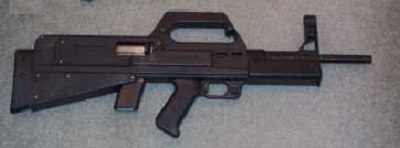
Feel free to contradict me if your experience has been any different, but I know only four people who ever owned a Camp 45, and none of us own them anymore — which should tell you all you need to know.
Marlin discontinued the Camp carbines in the late 1990s, which means that only secondhand models are now available. Caveat emptor.
Afterthought: I have no experience with Marlin’s Camp 9, by the way, which used Beretta 92-style mags to shoot (duh again) 9mm Europellets. Feel free to add your comments if you’ve ever owned one, or shot it seriously.
